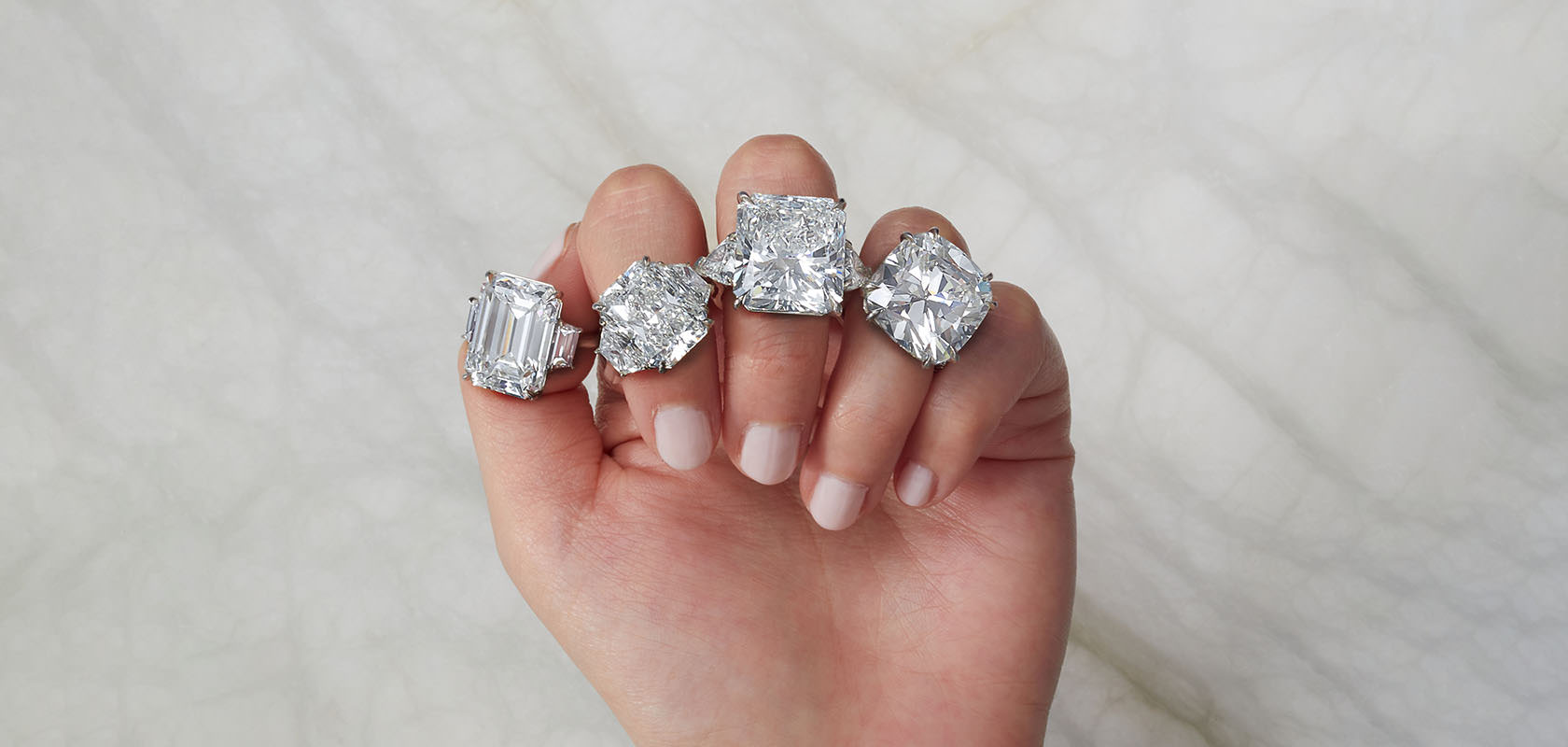Introduction to Diamond Size and Its Importance
Diamonds are universally cherished for their brilliance, elegance, and timeless appeal. Among the various factors that influence a diamond’s allure and value, size often stands out as one of the most significant. Understanding why diamond size matters can help potential buyers make more informed decisions when selecting the perfect stone for their needs.
The Four Cs of Diamonds
To appreciate the significance of diamond size, it is essential to understand the Four Cs: Cut, Color, Clarity, and Carat weight. These criteria are universally recognized standards that assess a diamond’s quality and value.
Cut
The cut of a diamond determines its brilliance and sparkle. A well-cut diamond reflects light internally and externally, maximizing its visual appeal. While the cut does not directly influence the size, it can affect the perceived size of the diamond.
Color
Diamonds come in a variety of colors, with the most valuable being colorless. The presence of color can detract from the diamond’s sparkle, making it appear smaller.
Clarity
Clarity refers to the presence of internal or external imperfections. High clarity enhances the diamond’s brilliance and can make a diamond appear larger.
Carat Weight
Carat weight is the most direct measure of a diamond’s size. Larger diamonds are rarer and thus more valuable. However, two diamonds of the same carat weight can appear different in size due to their cut and shape.
The Relationship Between Carat Weight and Size
Understanding Carat Weight
Carat weight is a metric used to measure the physical weight of a diamond. One carat equals 200 milligrams. While carat weight significantly influences a diamond’s price, it is not the sole determinant of its perceived size.
Carat Weight vs. Perceived Size
The perceived size of a diamond can vary based on its cut and shape. For example, a well-cut 1-carat round diamond may appear larger than a poorly cut diamond of the same weight. Similarly, different shapes distribute weight differently, affecting how large the diamond appears when viewed from above.
Impact of Diamond Shape on Size Perception
Round Brilliant
The round brilliant cut is the most popular diamond shape, known for its optimal light performance and classic appearance. This shape can make the diamond appear larger due to its circular surface area.
Oval and Marquise
Oval and marquise cuts elongate the diamond, making it appear larger than its carat weight suggests. These shapes are excellent choices for those seeking a larger-looking diamond.
Pear and Heart
Pear and heart-shaped diamonds also tend to look larger due to their extended shapes. However, these cuts require precise symmetry and excellent cut quality to enhance their appearance.
Emerald and Asscher
Emerald and Asscher cuts have a more subtle sparkle, but their large, open tables can make them appear more substantial. These cuts highlight clarity and require higher quality stones to maximize their beauty.
Choosing the Right Size for Your Diamond
Personal Preference
Ultimately, the choice of diamond size is a personal one. Some prefer larger stones for their visual impact, while others may prioritize quality and brilliance over size.
Occasion and Wearability
Consider how the diamond will be worn. Engagement rings typically feature larger stones, while earrings and pendants may use smaller, more delicate diamonds.
Budget Considerations
Budget is a crucial factor in choosing the right diamond size. Larger diamonds are exponentially more expensive due to their rarity. It is often a balance between size and the other lab created diamonds Three Cs to find a diamond that meets all desired criteria within budget.
Maximizing the Appearance of Diamond Size
Selecting the Right Setting
The setting can influence the perceived size of a diamond. Prong settings, for instance, elevate the diamond and showcase its size, while bezel settings encircle the diamond, potentially making it look smaller.
Choosing Complementary Side Stones
Using smaller diamonds or gemstones alongside the main diamond can enhance its appearance. Side stones or halo settings can make the central diamond appear larger and more brilliant.
Opting for Certain Shapes and Cuts
As mentioned, shapes like oval, marquise, and pear can make a diamond appear larger. Additionally, choosing a shallower cut with a larger table can enhance the diamond’s face-up size, though it might sacrifice some brilliance.
Psychological Impact of Diamond Size
Social Perception
Larger diamonds are often associated with greater wealth and status. They make a statement and can be conversation starters, reflecting the wearer’s personality and preferences.
Personal Satisfaction
The satisfaction derived from owning a diamond is subjective. Some may find immense joy in a smaller, higher-quality diamond, while others may prefer the visual impact of a larger stone.
Conclusion
Understanding why diamond size matters involves more than just considering the carat weight. It encompasses the interplay of cut, shape, setting, and personal preferences. By considering these factors, buyers can select a diamond that not only fits their budget but also fulfills their aesthetic and emotional desires.

